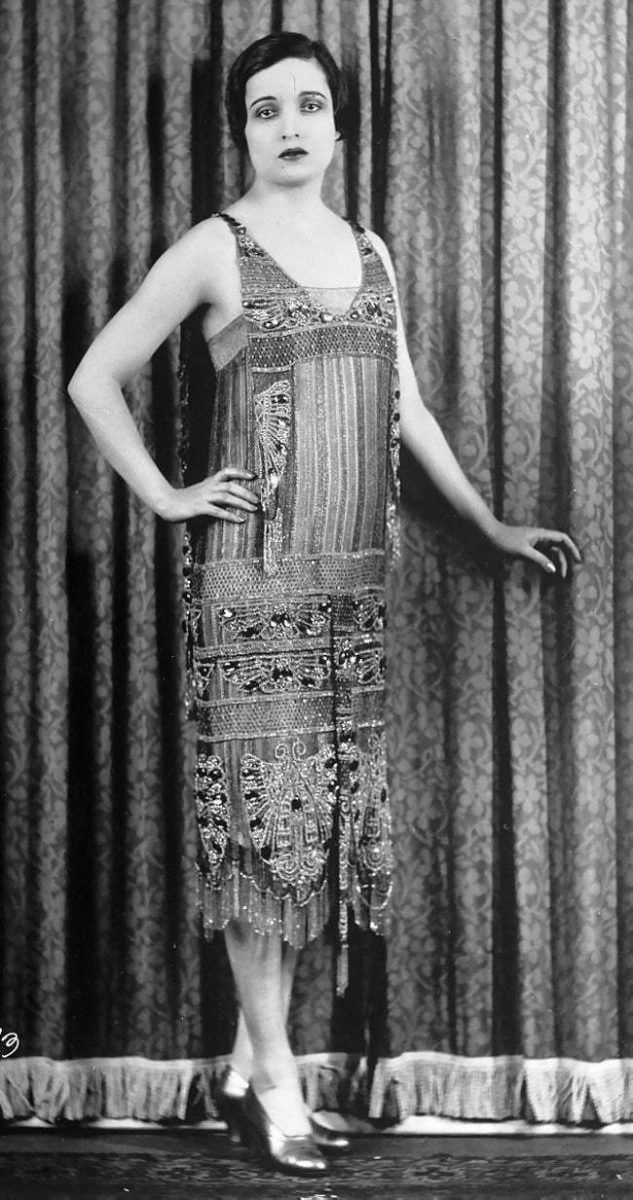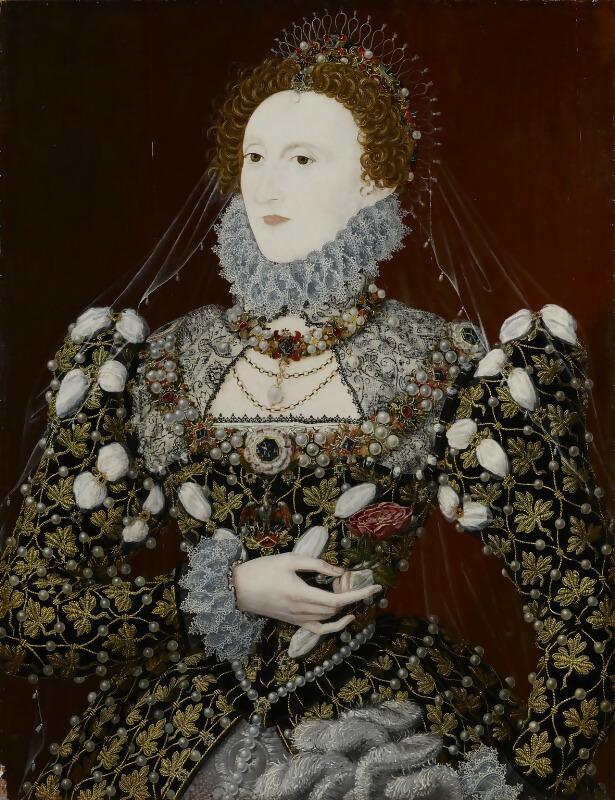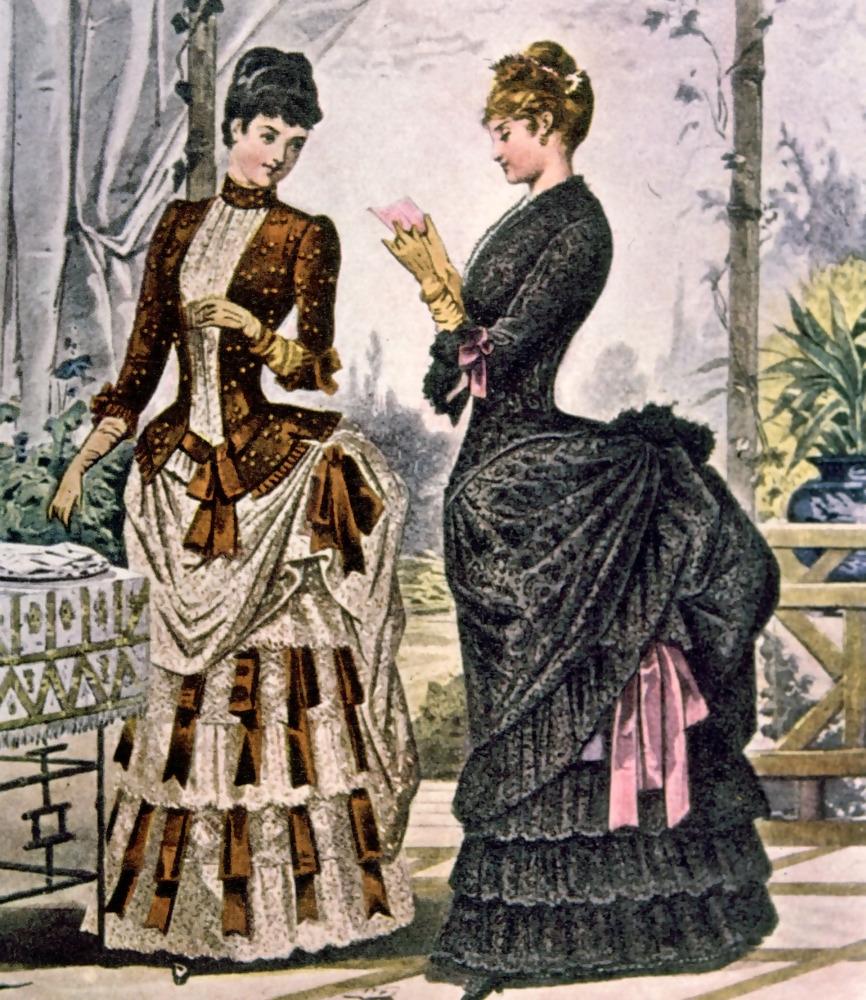17 Weird Fashion Ideas From The Past That You’d Agree Are Totally Dumb (3 of 4)
Advertisement
Breast Flatteners

The Roaring ‘20s saw the boyish flapper figure gain popularity and underwear got a significant fashion boost, while the hourglass shape fell out of fashion. The primary aim of every piece of an undergarment was to make sure the breasts and the torso looked flattened, so that flapper dresses didn’t have any curvaceous ‘interruptions’, and could hang down in a straight manner.
This led to the corset-makers R. & W.H. Symington inventing a new garment, which was known as the Symington Side Lacer and was meant to flatten the breasts. A woman could easily wear this garment over her head and then tighten the side laces and pull the straps to make sure her curves were smoothened. The other garment manufacturers also took advantage of this fashion and made their own similar devices. For instance, the Miracle Reducing Rubber Brassiere was made without the use of bones or lacings, while the famous Bramley Corsele was actually a combination of corset and brassiere that could be slipped under any dress quite easily.
Corsets

Women have been using corsets and their variations right from the fifth century. The corsets were initially made from stiff fabric, and then gradually evolved into a cage-like dress that was made out of whalebone, steel or sometimes even wood. The corsets were so constricting that they even displaced the organs inside the body, and ended up causing health issues such as constipation and indigestion – but never fatal.
In fact, experts agree on the fact that most people have been misinformed about this dress. Valerie Steele, the director of Museum at the Fashion Institute of Technology goes on to say that people of the modern era think that corsets were deadly, and caused all sorts of problems such as cancer and scoliosis, which is quite inaccurate. In fact, the diseases that have been credited to these constricting dresses are in fact a result of other causes. However, that doesn’t mean they didn’t or weren’t capable of causing other minor health issues.
Bombasts

During the late sixteenth century, there was an immense popularity for body stuffing called bombast, which was worn by both men and women. Most commonly used material for stuffing was cotton, wool or sometimes even sawdust, to add some volume to each part of the clothing, particularly to the sleeve length.
Men often used to fill their doublets that made it look like they had a full belly, or used padding to their calves to look brawnier.
Bliauts

During the 12th century, men and women from Europe started wearing an ornate garment that had floor-length sleeves. This name of this garment, called bliaut or bliaud, is a word that comes from the Old French and Germanic origins and is actually the root word for the modern word “blouse”. The bliaut was extremely popular because of its long sleeves, which made a dramatic impression upon others, but at the same time, severely restricted the movements. The bliauts were usually made of wool or silk, but sometimes even of other favorite fabrics of the nobles.
The exact origin of the bliaut isn’t well-known, but most historians now believe that this garment actually made its way to the European lands during the Crusades.
Bustles

The 1870s of the Victorian Era saw the rise of Victorian bustles, which were also known by the name of “Grecian bend”. The first version of this fashion idea involved excess fabric being draped towards the back of the dress a lady was wearing. Slowly, new variations came into being and the skirts were often puffed up by using cushions that were filled with straws. The ladies who decided to wear them ended up looking like voluptuous figures having outthrust hindquarters!
In fact, the bust was always ridiculed. In the year 1868, a young lady named Laura Redden Searing – having pen name Howard Glyndon – wrote how the young women went through pain and ridicule just to follow the fashion trend of the noble classes. She compared the fashion trend as something that required ‘Spartan courage’!